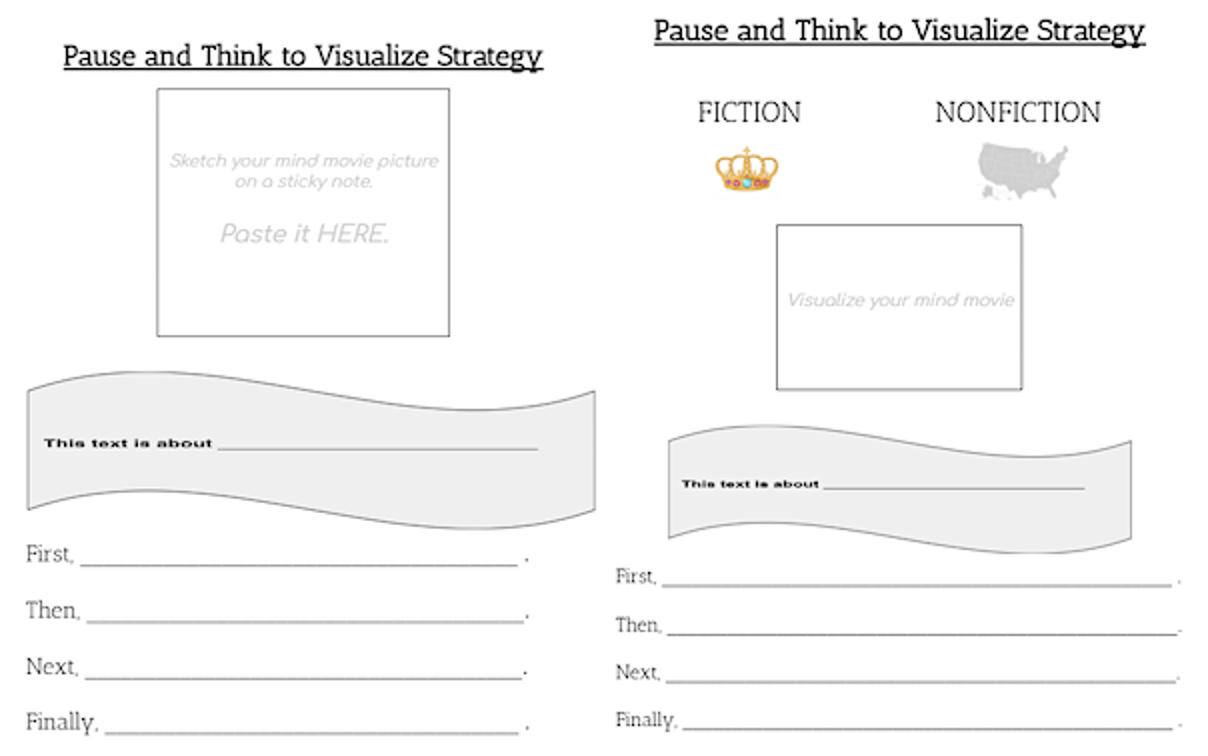3 Tips Help Teachers Make Good Use of Time
Have you ever considered how life experiences factor into your teaching practices? Before I entered education, marketing was my first career. They may seem worlds apart, but the parallels will surprise you. This fifth article in my series connects to one of marketing’s 4Ps – price. Your time is valuable. Preserve this precious resource using the 3 Rs – reduce, reuse, recycle.
By Kelly Owens
 Teachers often sigh, “We need more time.” It’s a struggle to work smarter, not harder because it doesn’t come naturally to most of us. We value time, but how do we make the most of it?
Teachers often sigh, “We need more time.” It’s a struggle to work smarter, not harder because it doesn’t come naturally to most of us. We value time, but how do we make the most of it?
Let’s take a lesson from business. Start with a cost-benefit analysis. Think: What is the cost of investing in ___? (In teaching terms, think of the time invested in prepping an activity that will set students up for success.) Then, consider the investment’s outcome. Is it worth it? Let’s illustrate with a crafting example.
A Cost-Benefit Analysis
I wanted to hand-make a golf fanatic’s birthday card. I shopped for a golfer rubber stamp, but the one I liked sold as part of a $25 set. I bought it, but used only part of the set. The rest remains untouched. While the unique card was a hit, I’ve replicated it only a few times. When I do the math, each golf card costs $8 to make, using that $25 investment. That’s a lot.
Conversely, I have other less-specific stamp sets around the same price point. One contains assorted thank you sentiments. They’re used repeatedly because they fit any card designs. This investment costs me pocket change per card.
I’ve become savvier when contemplating crafting purchases. Now I calculate how much use I think I’ll get out of an item. If it’s a one-and-done project, I may pass on the purchase and turn to a more multi-occasion alternative.
Teachers can substitute ‘time’ for money in the stamp set example and go through the same cost-value analysis. Consider the investment you make in preparing for an instructional activity. Will you need to go out and find special supplies? Must lessons be altered or new materials be created? How can you get the most bang for your buck with your prep time investment?
It pays to be strategic when managing time. Without compromising best practices, ditch time drainers and invest in time savers.
Reduce, reuse, recycle. Usually these principles apply to environmental sustainability. But they can also help teachers work more efficiently and effectively.
Reduce
►Calculate the Time Window

If you read my MiddleWeb post, “Consistency: The Invisible Backbone of Teaching,” you’ll remember me singing the praises of Sarah Ward and her colleagues. Among many executive functioning tools on the Cognitive Connections website, one gem is a calculating time worksheet. It walks you through a simple math formula to budget time needed to complete a task. It’s user-friendly and useful for improving teachers’ and students’ self-discipline.
►Accomplish the Same Goal Differently
In his 2015 article, “Hornets and Butterflies,” educator Joe Kirby compares the two insects to distinguish between high-effort, low-impact and low-effort, high-impact ideas. Kirby looks at students’ learning return compared to a teacher’s workload. If teachers are spinning their wheels, but not making an impact on students’ learning, the return is small for the time invested.
One way to improve efficiency is to consider the time to value ratio. Educator Rosalind Walker (2018) suggests we think of less time-intensive alternatives that can accomplish the same end goal. For instance, when sharing a student’s successes, send a praise postcard to the parent instead of making a phone call. Yes, a conversation would be nice. However, think of the child’s joy when the postcard is shared with grandma, then displayed on the frig. Little time, lots of value!
Reuse
►Reuse Templates
Save time spent reinventing responses by developing a list of frequently asked questions. Marketers often reuse blog posts, posting on multiple social channels. Teachers can do something similar. For example, during early spring each year, parents and guardians email about class placements for the next school year. I crafted one basic email responding to this inquiry and saved the template on my Google Drive. Now, when asked similar questions, I retrieve the template and personalize it for each student’s situation.
►Reuse Proven Winners
Once an educational resource resonates with students, reuse it. For example, my fellow Interventionists and I found our students needed a visual graphic organizer to help them do oral reading retellings. As shown below, when we scaffolded lessons to include genre text structures, we reused a graphic organizer, with minor tweaks. Students were relieved to recognize the format, and they felt more confident building on familiar strategies.
►Reuse Checklist Generators
Intervention Central has a checklist maker that allows students to monitor their own behaviors. Customize checklists for situations such as group work time, test taking, and the start of class. Once students master skills in one area, reuse the generator to make another checklist. No need to search for a new tool or navigate new software each time. Consistency saves time and increases predictability.
I once heard a crafting podcast talk about the Rule of Three. When investing in something, consider at least three possible uses. When we reuse, longevity increases the value of our investment … even when it’s mostly the same, but slightly different.
Recycle
Why reinvent the wheel? Recycling involves using materials from one thing to create another. It eliminates the need to create something from scratch.
►Differentiated Levels
One of my crafting suppliers suggests ways to design a project at three levels: basic, intermediate, and advanced. Similarly, teachers can differentiate to meet students’ individual needs. Modify a basic level educational resource by adding layers of enrichment.
Scholastic offers books with tiered assignments geared to the same expected learning outcome. Three graphic organizers focus on each skill, allowing for leveled responses. These enable teachers to scaffold instruction and provide for individual challenge and flexibility. Differentiated assignments sound like a time-consuming lesson prep. But recycle a basic idea to allow for tiered responses, and it’ll boost the time/value ratio.
►Recycled Comments
We spend so much time citing standards in our lesson plans. Why not get more mileage out of them? Recycle learning objectives in your feedback to students. Highlight evidence in students’ Google Doc work, copy the standard into a comment box, and paste it next to evidence. “Good job!” is upbeat, but it doesn’t specifically indicate what the student did well. “Text evidence supports a claim” reinforces the skill and highlights the student’s example of what it looks like. Recycled comments are both a teaching tool and a positive motivator for students.
Always ask, how am I spending my time?
Because you truly are spending it. Reflect on ways you allocate your precious minutes. Decide if the investment is worth the value. Time management habits can transform teachers’ and students’ positivity and productivity.
What are some time saving tips you can share, based on your own classroom experience? Leave them in the comments for others to consider!
References:
Kirby, J. (2015, June 6). Hornets and Butterflies: How to reduce workload. joe-kirby.com/
Walker, R. (2018, April 29). Teachers’ time is our most precious resource. rosalindwalker.wordpress.com.
______________________________________________________________________________
Kelly Owens is a literacy interventionist who helps middle graders overcome past literacy struggles by building stamina, confidence, and a greater love of learning. As a teacher with over twenty-nine years of experience, she has proudly represented Hillsborough Township Public Schools as a NJ Governor’s Teacher of the Year.
Kelly also co-created Buddies for the Birds, which was featured on Emmy Award-winning Classroom Close-up NJ. Kelly earned her Ed.M. from Rutgers University and her Reading Interventionist and Wilson Ⓡ Dyslexia Practitioner Certifications through Saint Joseph’s University. Additional writing credits include published work with The King School Series (Townsend Press), The Mailbox magazine, and MiddleWeb.































